HUG THE LAKE

What happens at “Hug the Lake?”
Hug the Lake is a campus-wide event that will bring the University of Miami community together to celebrate Earth Day every year in April. On that day, more than 700 students, faculty, and staff will join hands singing the alma mater, encircling Lake Osceola in the center of our Coral Gables campus in a symbolic “hug,” to show their appreciation for and increase awareness about the environment.
Learn More
THE PALMETUM
Established in cooperation with Fairchild Tropical Garden and the Montgomery Botanical Center, the University’s palmetum includes nearly 800 palms and cycads that are native to South Florida or represent distinct, rare, or endangered species from 38 nations. An invaluable resource for helping to ensure future generations of these spectacular plants, the palmetum is the only collection of its kind on a U.S. college campus.
BUTTERFLY GARDENS
Located along the Ibis Walking Trail behind Eaton Residential College, the Butterfly Garden is a living laboratory. The garden is home to some 23 different varieties of plants and attracts butterflies such as the monarch, sulfur, and brush foot, as well as the zebra longwing, Florida’s state butterfly. Learn more




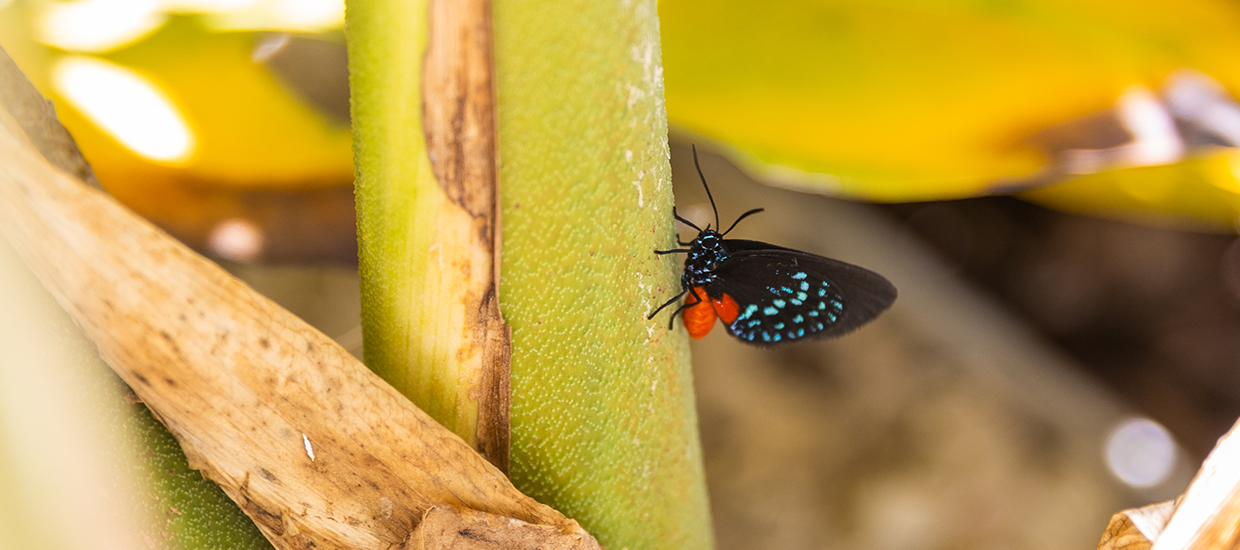
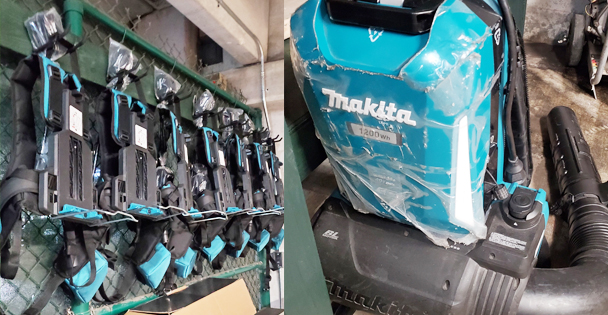
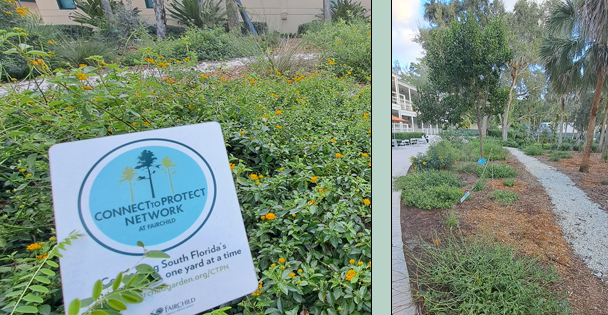

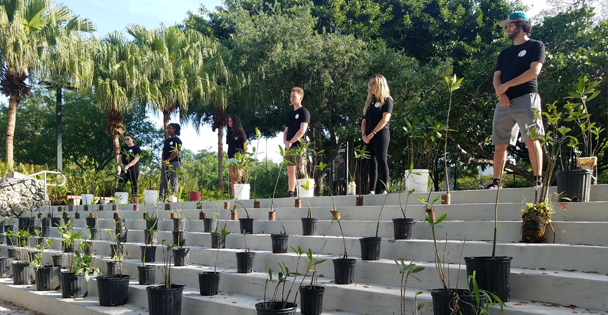
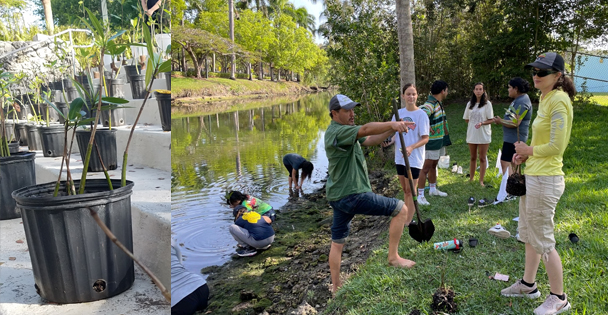
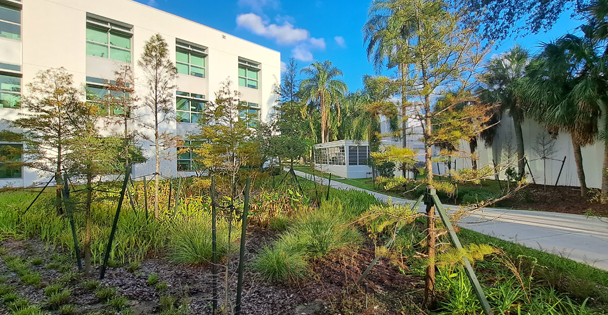
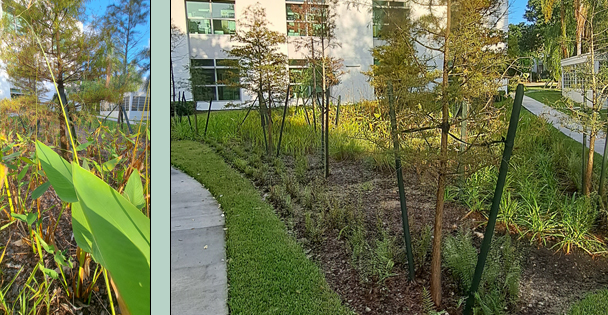
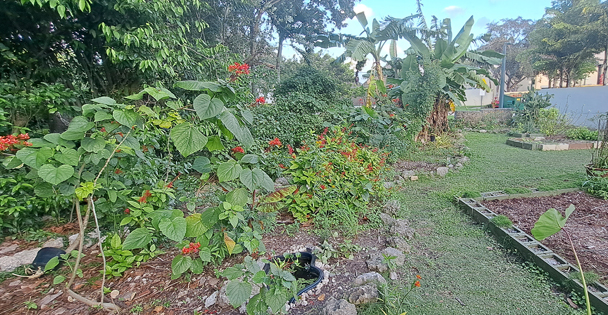

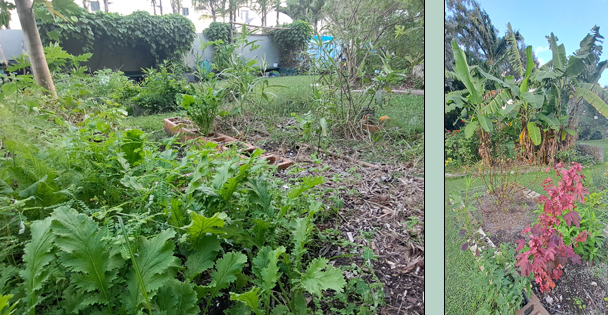
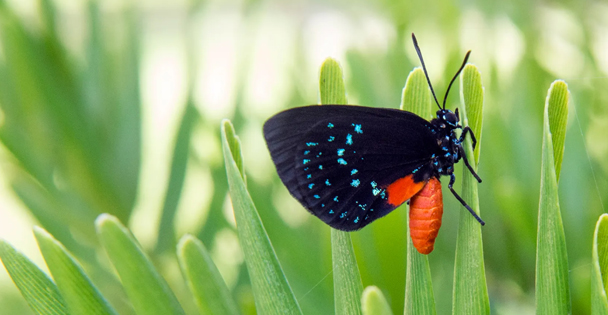
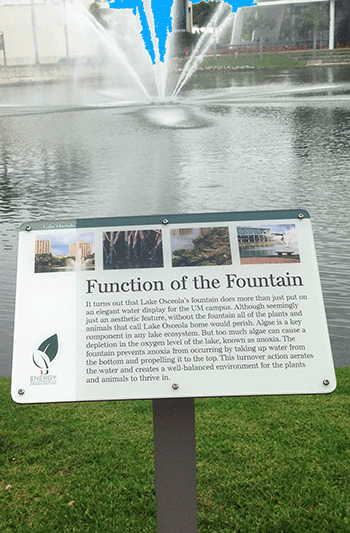 The 6 signs are titled and themed as follows:
The 6 signs are titled and themed as follows: 
